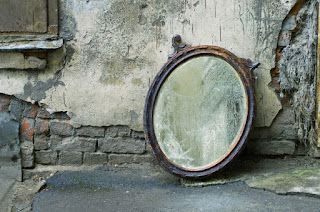This new commercial for Vodafone describes itself as “groundbreaking”.
Was the YouTube description written by AI? Highly likely, as the film itself was completely produced by AI - text to picture, picture to video, video to video - with a little bit of human help sprinkled here and there by the director, client and creative teams involved.
As a film, it’s OK. AI is definitely capable of better quality film than it was a few months ago. There’s nothing too alarming or creepy about this ad - or, indeed, the Coca Cola Christmas ad this year.
But while there’s nothing too much wrong with it, there’s nothing too much right with it either, in my view. It’s yet another one of those diversity vignette films. The soundtrack, The Rhythm of the Night, is a dance hit from 1993.
And that’s what this ad feels like to me - 1993. Back then, in the agency, we’d often cobble together (well, that’s unfair, as it took a lot of time and skill in those days) “mood films”, sometimes in the form of a “manifesto.” The purpose was to bring the core of what the brand was about to life. It was more entertaining than a brand onion, and more likely to win you a place on a pitch shortlist.
What these things weren’t, however, is creative ideas. They were usually briefed in by a planner and their audience wasn’t Joe and Jane Public - it was the client, to flatter them a little about their wonderful brand.
And meanwhile, in the spirit of “Everybody’s Doing It”, the ghastly stock photos of people joining hands, staring excitedly at their laptops, putting pieces of fruit in front of their eyes or cradling a tender young shoot in the palm of their hands have been replaced with AI-generated monstrosities.
I’m working with a client in the energy sector at the moment, where the visions seem particularly nightmarish:
I do hope I see a little more originality next year!

























